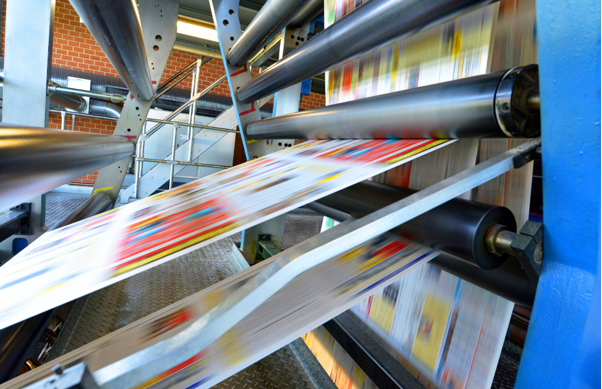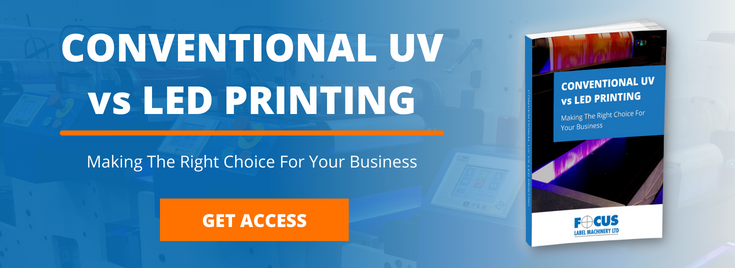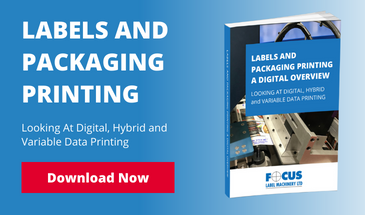
LED Drying technology has many benefits for commercial and industrial applications and is increasingly being adopted by forward-thinking print service businesses. LED presses are capable of fast and accurate performance over high volumes, they use less energy than other industrial printing machines with conventional drying systems and, because they have fewer moving parts, are less susceptible to downtime through malfunction or maintenance schedules.
They are suitable for a much wider range of applications than conventional printing technologies and offer lower environmental impacts, too. So, it's worth taking a closer look at the main benefits of LED printing.
1) High speed and productivity
LED UV printing is fast, with reduced preparation periods and printing process times. Improved up-time enables greater output and higher productivity. The lamps in conventional printing presses typically need a warm-up time of up to ten minutes to operate properly. LED lamps can be switched on and off as required, with no warm-up period needed to achieve full intensity, meaning work
starts as soon as you're ready.
The printing process itself is also expedited. LED printer ink dries near-instantaneously when exposed to UV light. By contrast, solvent-based inks require a non-negligible drying time and can result in ink set-off if not handled carefully. LED technology is reckoned to improve turnaround times by up to 40%, meaning impressive gains in printing productivity.
2) Substantial energy savings
Quick start-up also means less energy is wasted preparing LED printing presses for use. Conventional mercury curing bulbs use significantly more energy when warming up, emitting light and heat unproductively – and adding to your production costs. LED curing lamps, on the other hand, are ready to go as soon as they are switched on.
These energy efficiencies lead to reduced long-term energy bills, and since curing costs account for up to 40% of electricity consumption in printing, LED printing provides a healthier return on investment (ROI) and a lower carbon footprint.
3) Increased durability with less maintenance
LED presses have fewer moving parts than conventional laser or inkjet machines. Reduced downtime for shutter issues and fewer service demands mean less maintenance is required to keep them running successfully.
Uptime is also improved by reducing the need for lamp changes. LEDs have a longer lifespan than mercury bulbs. They are capable of delivering over 10,000 hours of continuous and consistent output. Compared to 1,000 hours of a conventional UV lamp. That's equivalent to around five years of normal usage in the printing press.
4) Greater versatility
LEDs operate with low heat output, allowing printing on a much wider range of packaging and label substrates. In particular, LED printing can be used on heat-sensitive foils that would not tolerate conventional UV methods. Lower heat output also sustains more stable calibration, allowing improved accuracy and consistency. The result is reliably better-quality printing with fewer reworks and less wastage.
5) Environmentally friendly
Last but not least, UV LED printing services offer several important environmental benefits. Improved drying times, reduced electricity for lamp warm-ups and less wastage for reworking all mean lower energy usage during the production process.
LED UV printing also requires around 20% less ink, with attendant benefits for sustainability. As consumers increasingly demand that businesses commit to lowering their carbon footprint, such environmentally responsible improvements can offer a vital marketplace advantage, not to mention significant cost savings.
Next steps
To find out more about our digital printing solutions for commercial print businesses, please call Focus today on 44 01949 836223.
Image Source: Canva






